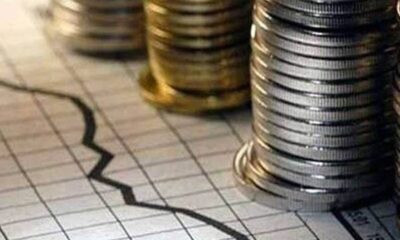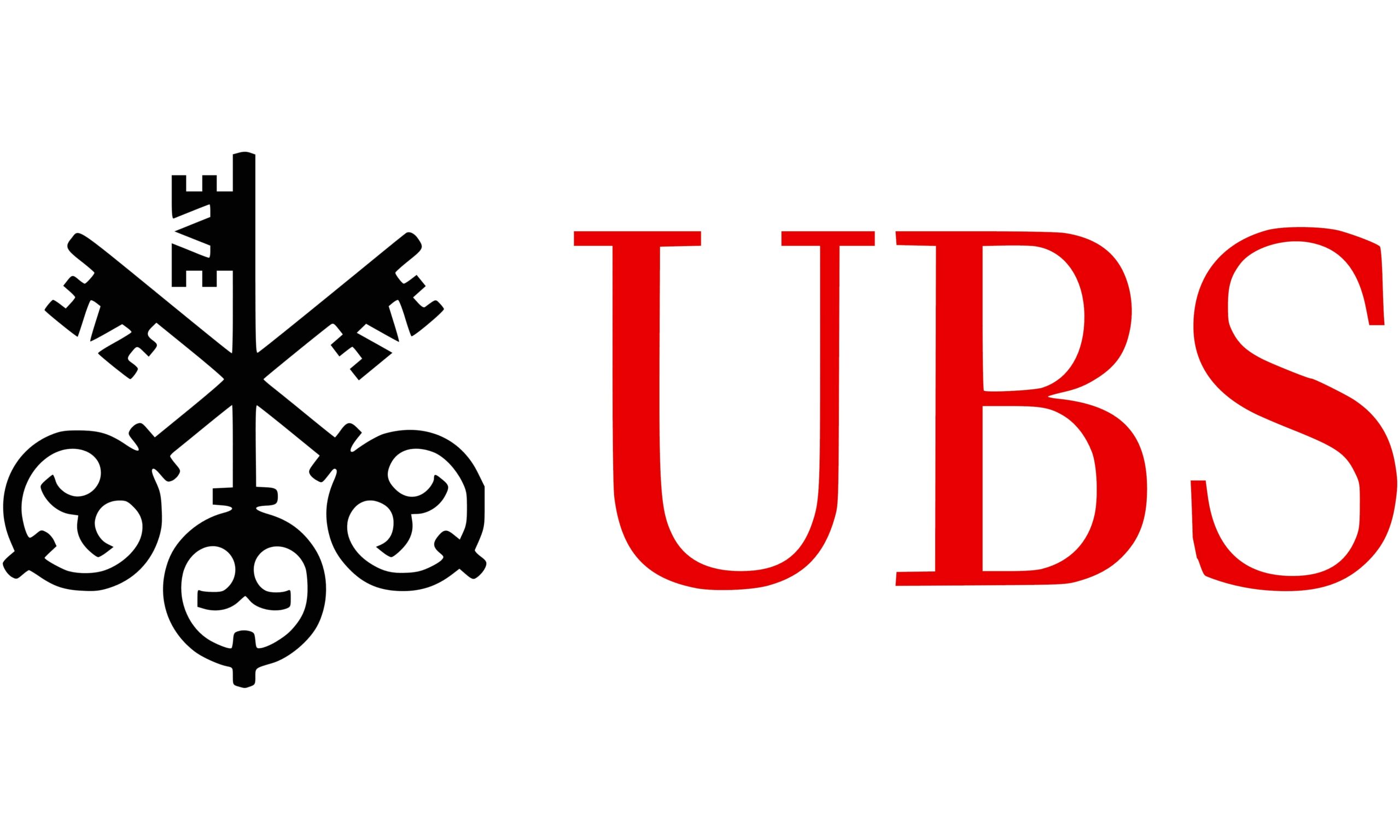Så här går börsen i dag 20170505 är en analys som kommer från Axiers analysarkiv och skrevs den 5/5-2017. Analyserna i arkivet är tillgängliga för Axiers betalande prenumeranter.
Så här går börsen i dag 20170505 Våra OMX-analyser kan fungera som ett av flera beslutsstöd för den som handlar med börshandlade fonder, ETFer, som följer Stockholmsbörsens index, till exempel XACT OMX eller SpotR, nedan finner Ni Så här går börsen i dag 20170505.
OMXS30 – OMXS30 har mer att ge
OMX S30 index (C 1 638,33 H 1 640,71 L 1 632,91)
OMXS fortsätter sin resa uppåt och har nu mellanlandat på 1 641, som årets högsta notering. Det är närmast 1,5 procent upp till motståndet vid 1 662-1 670. Det handlar i första hand om toppen den 29 maj 20015, vilken kom in på 1 669. Det var den nivån som gav säljsignalen då efter att rekordet 1 720 noterats den 27 april samma år.
Nu ser jag detta intervall som ett delmål i en mer långsiktig uppgång till 1 720 och nivåer däröver. Närmast söker vi en nivå där index ska kunna stanna upp och ta en paus innan det kan vara aktuellt med en fortsättning uppåt. Den uppgång vi är inne i och som startade efter påskhelgerna har fått många att vända sina negativa positioner och de som stått utanför börsen en tid hoppar också på för att hänga på uppåt. Detta ger en intensiv uppgång under en tid innan det hela blir för dyrt att räkna med en fortsatt uppgång.
Formationen vi ser nu ger en signal på att det hela kan lyfta ytterligare och avslutas med en topp inför en ny tillfällig rekyl. Vi får se om det blir 1 669 som sätter stoppen för en fortsättning direkt eller om det är intervallet 1 715-1 730, som blir det delmål som håller en tid.
Valet i Frankrike är en sådan signal som dels kan vända index nedåt och beroende på vem som vinner kan det lede till en fortsatt uppgång under måndagen, den 8 maj. Om vi får en starkt positiv reaktion på valet får vi inrikta oss på en indextopp redan under nästa vecka.
Stochastic
Lång sikt: Månadsstochastic 97,7 och 89,8 stigande
Medellång sikt: Veckostochastic 91,9 och 84,8 stigande
Kort sikt: Dagsstochastic 97,4 och 94,3 stigande
Tidscykler på börsen
(Uppdaterad 1 maj -17)
Under denna rubrik lägger vi ut olika rytmer, där långa så såväl som korta tidscykler hela tiden rullar på börsen och som ofta ger reaktioner. Intresset för dessa rytmer har ökat under årens lopp, vilket vi framförallt märkt, när det gäller antalet deltagare på våra kurser i ”Tidscykelanalys”.
Aktuella cykler den senaste har varit de på 2 år, 19 månader och 10 månader.
Toppen den 27 april 2015 gav det än i dag gällande rekordet på 1 720 för index. Nu 2 år (24 M = 52W=730 D) senare fick vi en uppgång till motståndet 1 627-1 628 fredagen den 29 april. Tiden är intressant och vi får inrikta oss på att bevaka eventuella reaktioner för index och enskilda aktier den närmaste tiden, när vi går in i maj månad.
Vi har rytmen på 780 dagar som genom årens lopp gett oss flera viktiga reaktioner. Från viktiga toppar och bottnar. 780 dagar (=25,6 M =111,4 W) är det samma som 2 år och 50 dagar.
Våra båda toppar 1 719 och 1 720 från den 19 mars -19 respektive 27 april -15 ger oss med denna rytm den 8 maj -17 och den 15-16 juni -17, som sina reaktionspunkter.
Rytmen på 10 månader från lågpunkten den 6 juli 2016 ger oss också måndagen den 8 maj som reaktionspunkt. Vi tar med fredagen den 5 maj också för att vara alerta redan då för att se de aktier som vill stanna upp i sin rörelse.
Rytmerna på 20, 21 och 22,5 månader är nu aktuella under försommaren om vi relaterar dessa till den 29 september -15. Den 29 maj i år faller den första in med 20 månader. Sedan ligger den 29 juni och den 15 augusti på tur.
Andra intressanta rytmer som strålar in under maj är den på 15 månader från den viktiga botten 1 247 från den 11 februari 2016. Vi får då in den 15 maj i år.
14 månader från toppen 1 432 den 14 mars -16 ger oss den 14 maj i år.
Tidigare viktiga toppar och bottnar
(Uppdaterad 2 maj -17)
Rekordnoteringen 1 720 kom in den 27 april 2015, där vi hade ytterligare en topp vid 1 719 den 19 mars 2015. Dessa båda toppar är sedan dess ac stor betydelse, när vi beräknar tiden för kommande reaktionspunkter under 2017 och tiden framöver.
Uppgången från botten vid 593 den 9 mars 2009 är uppe i drygt åtta, när vi nu passerat den 9 mars 2017. Den längsta uppgången i börsens historia är 8 år och 1 månad och då i New York.
Botten den 9 mars 2009 landade på 593 och levererade 6 år av uppgång fram till våren 2015.
6 år = 72 månader = 312 veckor = 2 192 dagar
Rytmen på 6 år är vanlig och sammanstrålade denna gång med 90-månadersrytmen (7,5 år) från toppen i oktober 2007. Den toppen, 2007, indikerade på en ny topp i april 2015, vilket vi också fick.
7,5 år=90 månader=391 veckor=365+26 veckor=2 740 dagar.
Den lägre toppen 1 669 kom sedan in den 29 maj 2015 med en säljsignal, då det gått mer än 30 dagar mellan dessa båda toppar 27 april och 29 maj -15
Delvågen från 23 september 2011 och 833 till 29 maj 2015 gav 836 punkter (833-1669) som mest. Intressant att notera är att uppgången än en gång gav oss 100 procent (+100,4%) under dessa 44 månader.
Uppgången i denna fas blev i tid 3 år och 8 månader=44 månader=192 veckor=1 344 dagar. Rytmen på 44 månader är nära den på 45 månader, vilken vi alltid har som bas i våra beräkningar. Men den får ibland ge vika för andra tyngre rytmer, som den samverkar med. Denna gång var det den på 90 månader från oktober 2007, som dikterade villkoren.
Rullande korta cykler med reaktionsdagar
Dessa dagar kommer att korrigeras löpande vartefter vi får ny information från marknaden Vi följer i fortsättningen den rytm som började den 9 mars 2009. Den sammanfaller i stort med den andra rytm som har sitt ursprung från toppen den 13 juli 2007. Alla reaktionsdagar kommer från Gann Hjulet och den kunskap som ligger bakom detta.
Beräknade reaktionsdagar för OMXS 30 index: 5 maj, 20 maj, 3 juni, 17 juni
Rörelsefaktorn – Motstånd – Stöd
Aktuell rörelsefaktor för tid och pris = 40 Motstånd 1667 och 1 707 Stöd 1 627 och 1 587
Analytiker: Ingemar Carlsson
Kursdata: Stockletter.se

 Nyheter3 veckor sedan
Nyheter3 veckor sedan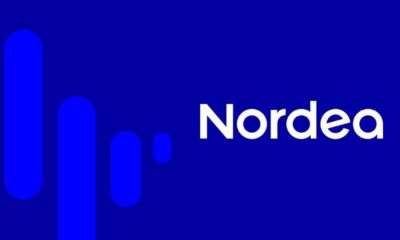
 Nyheter3 veckor sedan
Nyheter3 veckor sedan
 Nyheter3 veckor sedan
Nyheter3 veckor sedan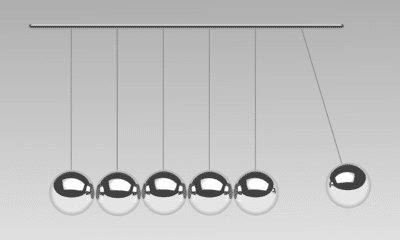
 Nyheter2 veckor sedan
Nyheter2 veckor sedan
 Nyheter2 veckor sedan
Nyheter2 veckor sedan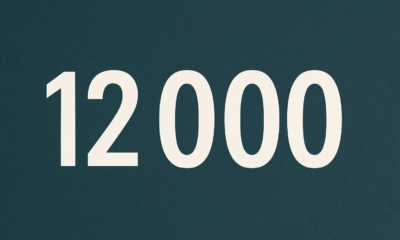
 Nyheter2 veckor sedan
Nyheter2 veckor sedan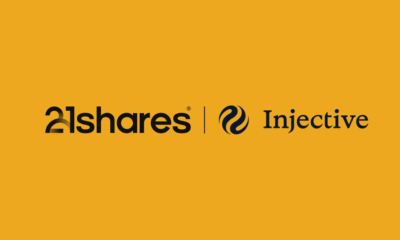
 Nyheter2 veckor sedan
Nyheter2 veckor sedan
 Nyheter2 veckor sedan
Nyheter2 veckor sedan













